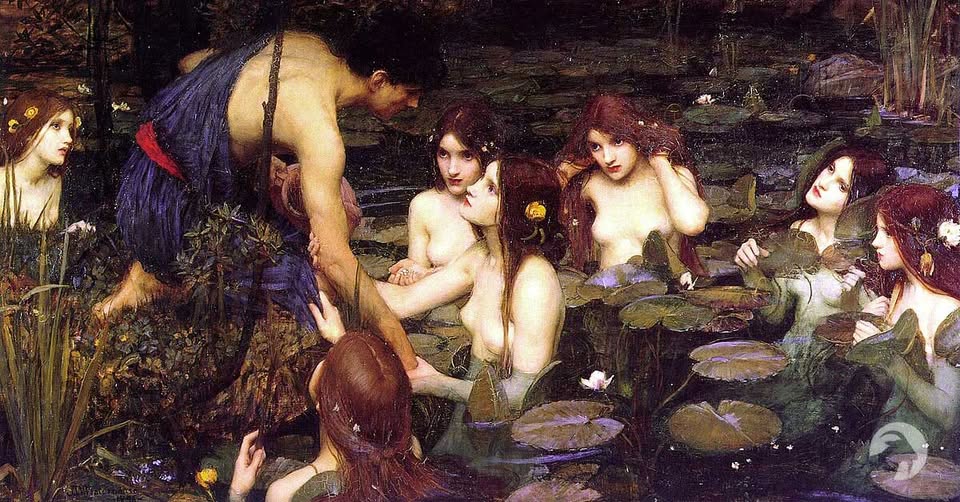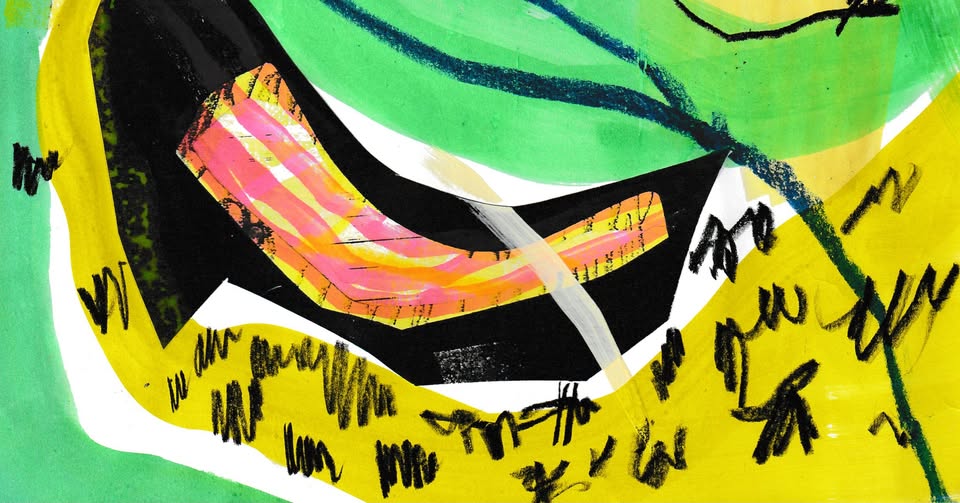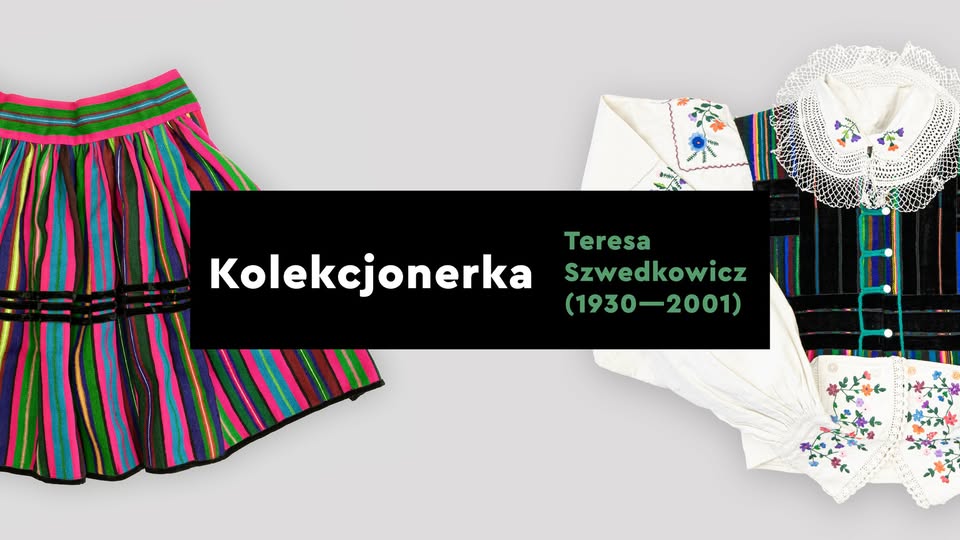Water-related beings are usually dangerous and cunning femmes fatales. Playful and laughing, naked, with loose hair, they lured young men with the beauty of their bodies and songs. They encouraged swinging together in trees or bathing together, killed through tickling, frenzied dance, lured into the dark depths of a pond or river, summoned by wrecking ships on coastal rocks. It seems that their fish tails, bird wings, or predatory claws did not deter as much as their freedom and attitude of moral anarchy. They were an expression of male longing for the space of erotic freedom and at the same time a fear of its realization. Today, these ancient figures from folk beliefs, which once kept human instincts in check, have become positive metaphors for both feminist and ecological attitudes, which are eagerly referenced not only by the art world.
Leading:Monika Przypkowska – art historian and museum educator. She graduated in art history from the University of Warsaw. Since 1996, she has been collaborating with the Royal Castle in Warsaw, conducting museum lessons for children and youth in the fields of art history, culture, and fashion, lectures for adults, courses for city guides and school teachers. She works in the Education Department at the Castle and also collaborates with other institutions engaged in artistic education: the National Museum in Warsaw, the Children's and Youth Artistic Academy, the Mazovian University of the Third Age, the Ursynów University of the Third Age, the Art Studio, the Graphic Schools Team. Since early 2022, she has been collaborating with 'Radio z Qlturą,' where her original program 'Sztukomodnie' is broadcast. Previously, she was also professionally associated with fashion as an editor, stylist, and producer of photo sessions in magazines such as 'Avanti,' 'Jestem,' 'Claudia,' 'Moda Top.'
About the series:“Reinterpretations of the Art World” is a series of meetings dedicated to hybrids and fantastic beings that have filled spoken, written, and presented histories in the visual arts from antiquity to the present. According to narratives indicating the end of the Anthropocene, the heroes of the series will not be humans, but unicorns, mermaids, werewolves, and even spiders. By examining works of ancient and contemporary art, we will discover how the myths dedicated to them were born, what they symbolized, and finally how they are interpreted today.
Illustration: Hylas and the Nymphs, 1896, John William Waterhouse
offline: auditorium with an audience / free admission online: broadcast on the SDK profile on Facebook
the meeting will be translated into Polish Sign Language 🟢



